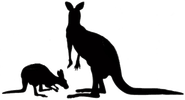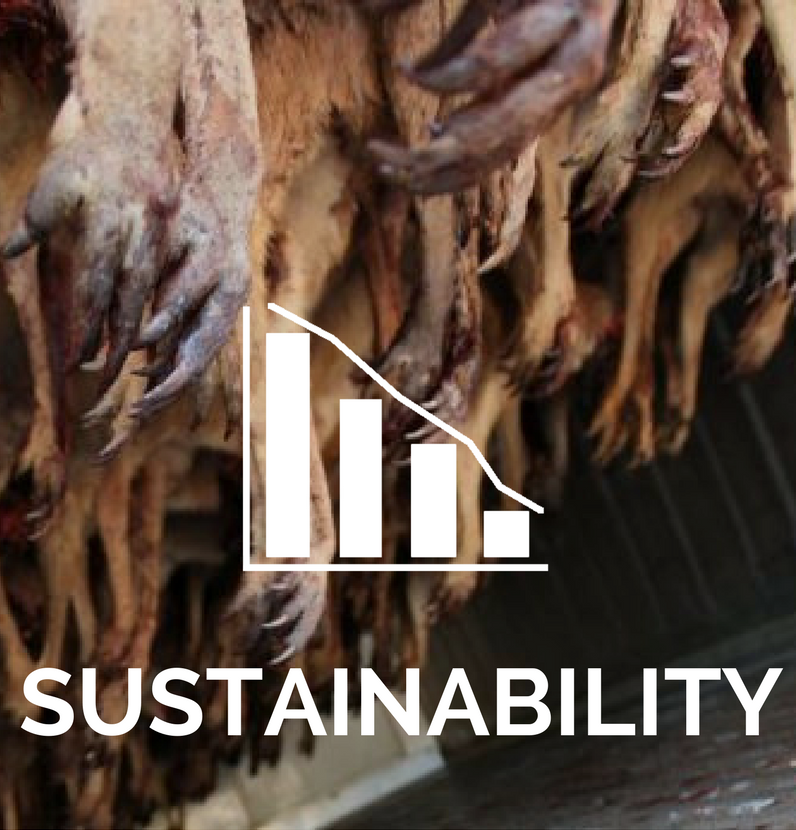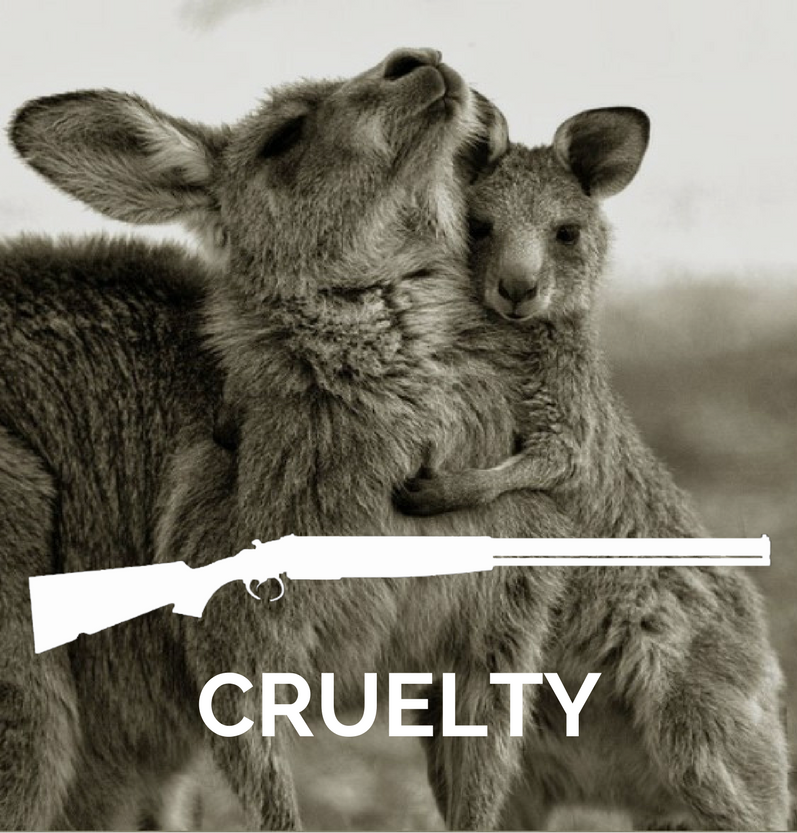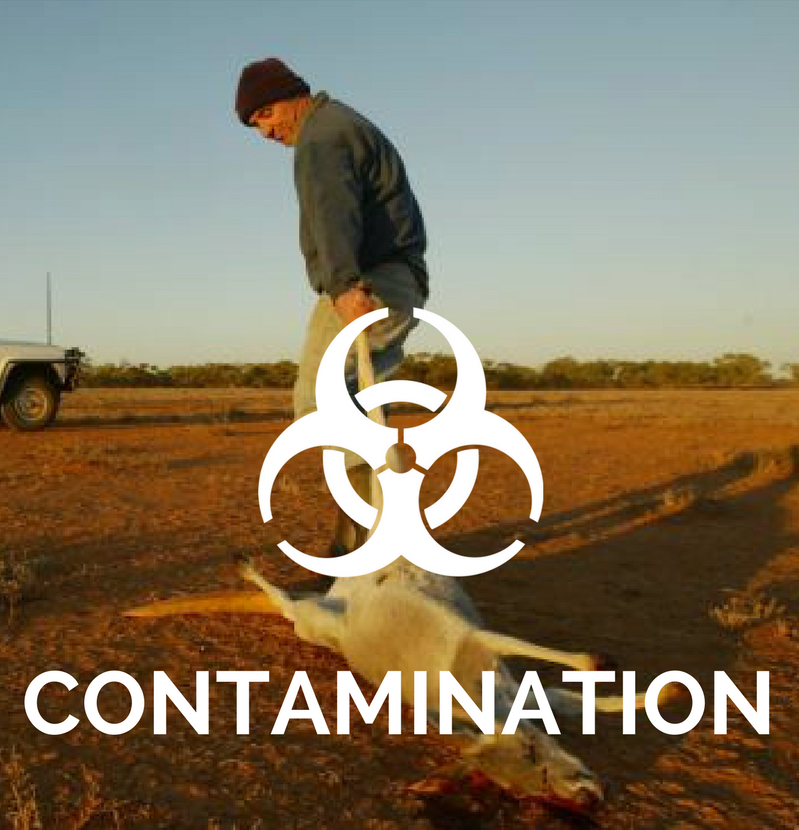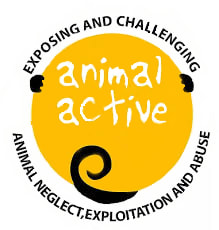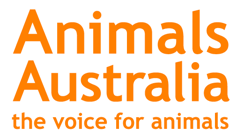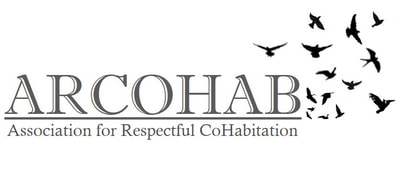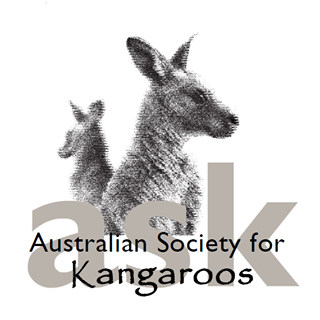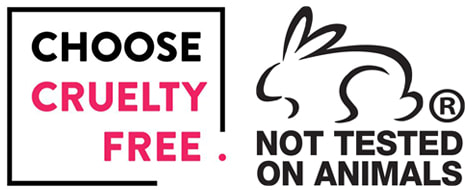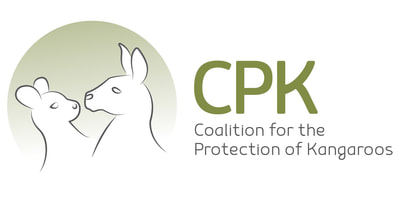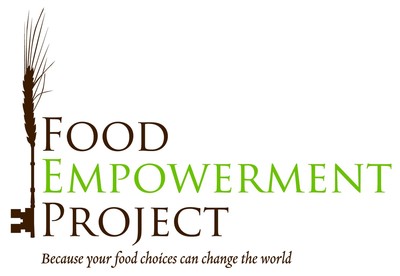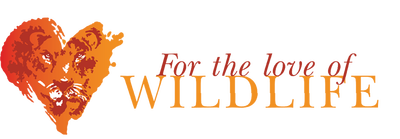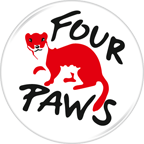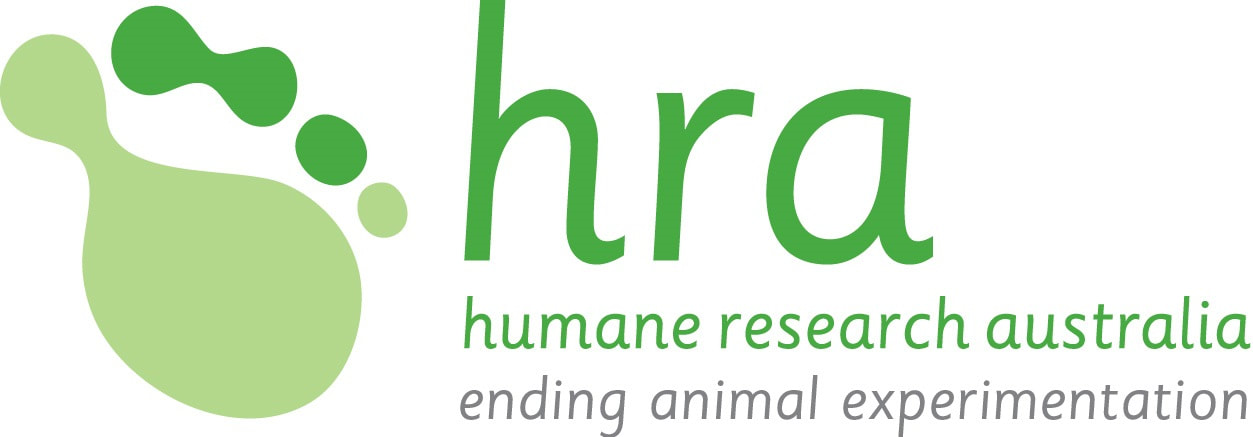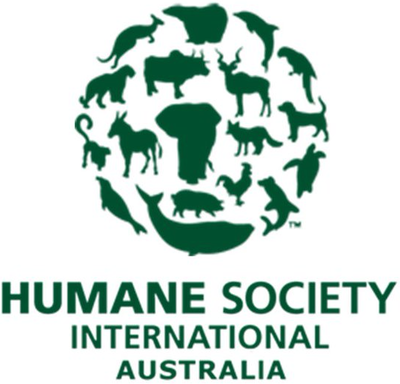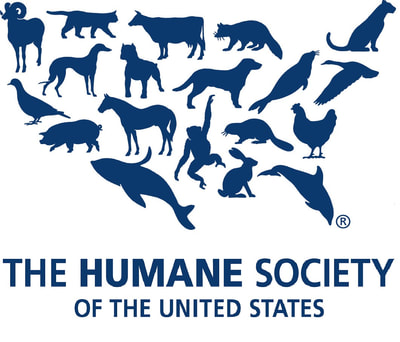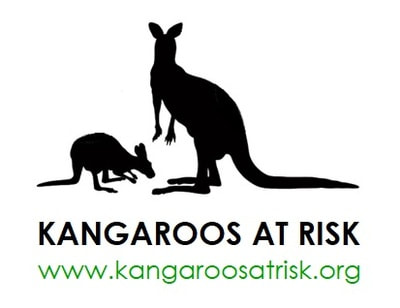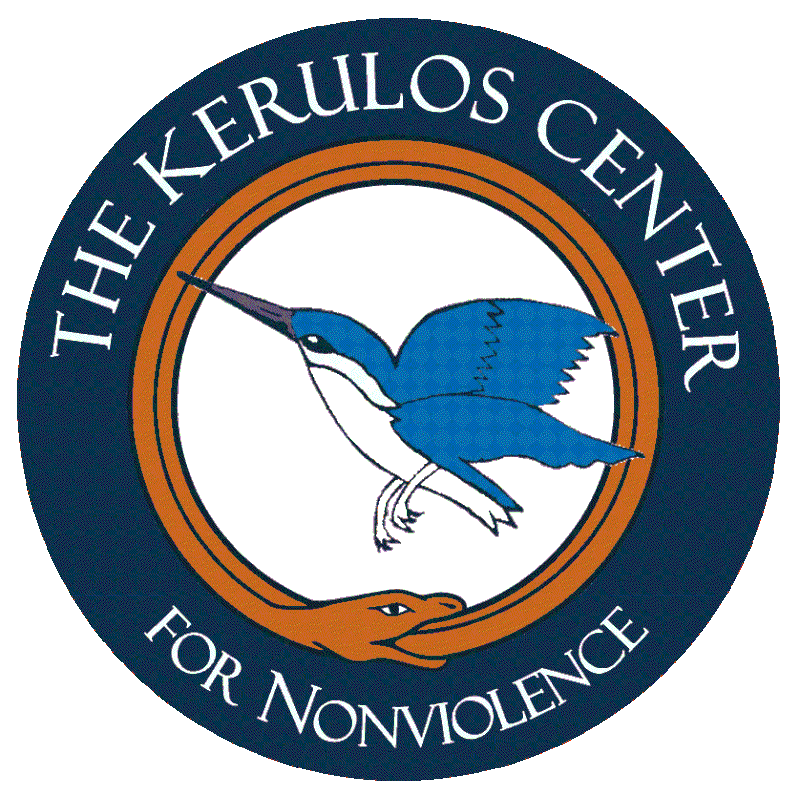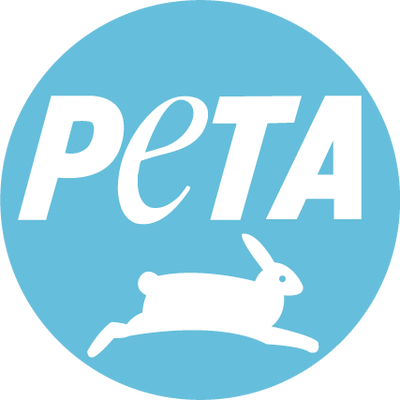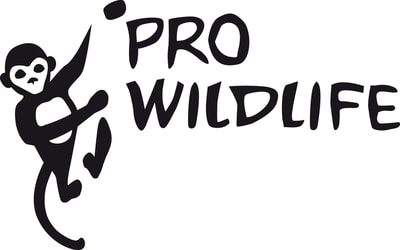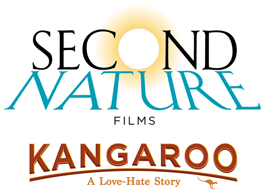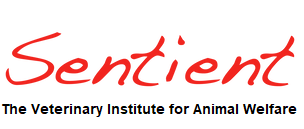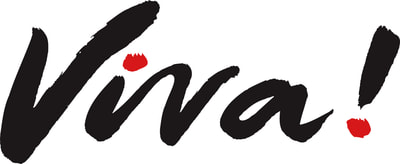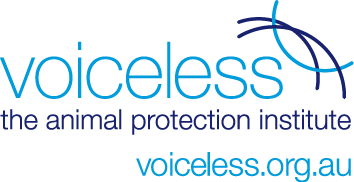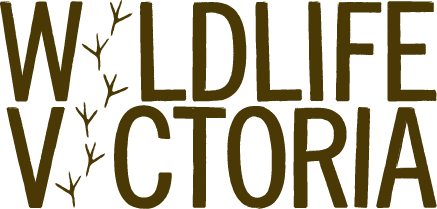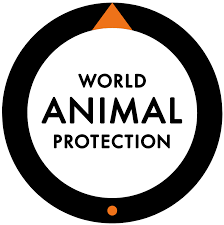- Loss of habitat, urban development, agricultural practices and continuing industrial-scale slaughter eliminate kangaroos across vast regions where historical records described them as once widespread and abundant.
- Kangaroos grow and breed slowly and have high juvenile mortality. For example, a Grey Kangaroo doe can produce up to 8 independent joeys in her lifetime,[1],[2] with just two likely to survive to independence.[3]
- Maximum wild population growth rates average ~10% in optimal conditions,[4] with annual declines of up to 60% during drought recorded.[5],[6],[7] It is biologically impossible for kangaroo populations to increase rapidly.
- Shooting quotas of 15-20% or more[8] of population estimates exceed actual kangaroo population growth rates.
- Analysis shows critically flawed kangaroo survey methodologies systematically inflate population estimates from which commercial shooting quotas are then over-allocated.[9]
- Consideration of commercial shooting impacts on kangaroo populations has never included millions of kangaroos additionally shot by landowners and illegal shooting. Other major mortality factors are also ignored.
- Government survey data and commercial shooting statistics illustrate declining populations and landscapes now significantly depleted of kangaroos.[10]
